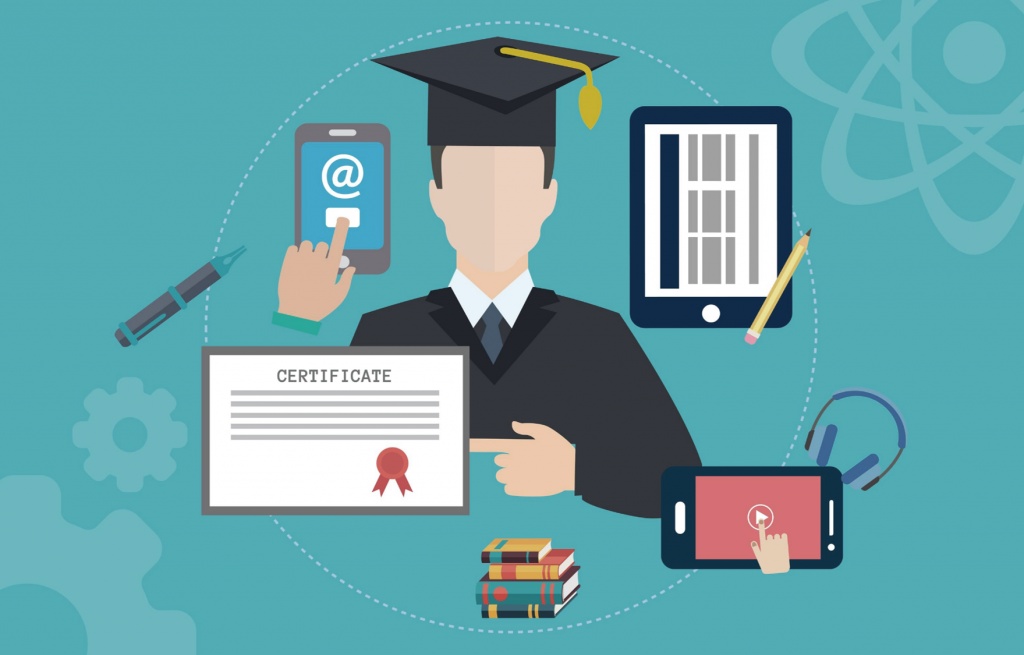529 Plan Dilemmas in a COVID-19 World

Fall is my favorite time of year, something about the change of season and the kids heading back to school makes it feel like a new beginning. That will not be the case this year for many students, as more schools confirm they will begin this year teaching remotely.
What does this mean for parents with school or college-age children? Many of our young adult students will be taking university classes remotely from home. If you have a 529 account and will not be paying room and board this year, you may want to review some of your 529 spending opportunities:
- Use the funds for qualified expenses such as tuition and fees.
- Consider purchasing a new computer or other technology for your student. This expense will be covered by your 529 plan if used primarily by your student for college.
Rolling Back 529 Funds
Remember, if you receive any refunds from your child’s university for tuition or room and board, and you paid these fees from your 529 account, you have 60 days to roll them back into the plan. If refunded 529 plan monies are not re-contributed, income taxes and a 10% penalty could potentially be owed on the refunded amount.
Student Loan Payoffs
If there are extra dollars in your student’s 529 account, you can use up to $10,000 from the plan to pay off any student loans they may have incurred. The 2017 SECURE Act established a lifetime limit of $10,000 per beneficiary for loan repayment. An additional $10,000 may be used to repay student loans held by each beneficiary’s siblings.
Can I Use My 529 Plan for Younger Children?
For younger children, the challenges parents face are considerable. From the beginning, many families have struggled with remote learning. Thus, many parents have considered private schools, which may offer more flexibility when it comes to remote and on-campus learning.
If you have a 529 account, you can use up to $10,000 per year for tuition expenses at private or parochial elementary and secondary schools. You may not use 529 plan monies for books, supplies, computers, or internet access for children who are not in college.
Remember: Before you use 529 plan funds for K-12 students, check with your plan provider to ensure their rules are updated and align with the new federal laws.
Let’s Review 529 Plan Withdrawal Rules
If you plan to withdraw funds from your 529 account, remember the funds must be withdrawn from the plan in the same calendar year in which the expense occurred. Below is a table of qualified expenses:
| Type of Expense | Is It a Qualified Education Expense? |
|---|---|
| Tuition and Fees | Yes, up to the full amount of college tuition and required fees. Limited to $10,000 per year for K-12. |
| Books and Supplies | College expenses only. |
| Computers and Internet Access | College expenses only. |
| Room and Board | College expenses only if the student is enrolled at least half-time. |
| Special Needs Equipment | College expenses only. |
| Transportation and Travel Costs | No |
| Health Insurance | No |
| Sporting Equipment | No |
| College Applications and Testing Fees | No |
| Extracurricular Activities Fees | No |
| Student Loans | Yes, up to $10,000 per beneficiary. |
Remaining 529 Funds
If after paying for all eligible expenses, you still have funds remaining in a 529 account, there are several options available for you.
- Transfer the funds to another beneficiary if they are a qualifying family member.
- Save it for your child’s future education needs such as post-graduate education, continuing education, vocational and technical schools.
- Use the funds to repay student loans.
- Create an education legacy, leaving the money in the plan for future grandchildren. There is no time limit on when you must spend the funds in a 529 plan.
- Take advantage of penalty-free scholarship withdrawals. If your child received scholarship funds, you may withdraw up to the amount of the scholarship from the 529 plan without paying the 10% penalty. Remember, you will still owe income tax on any gains made in the account.
- Take a non-qualified withdrawal as a last-case scenario. However, in addition to the income tax due on any gains, you will also be subject to a 10% withdrawal penalty.
We Can Help You Make the Tough Decisions
If you have any questions on when and how to use your 529 plan, please do not hesitate to contact us.

Liz McQueen, CRPC® is an Advisor at Soundmark Wealth Management, LLC. Liz works closely with physicians, business owners, directors and executives at Amazon, Microsoft, and Boeing, and other successful and accomplished individuals to help them define their financial goals and implement an ongoing financial planning process.
